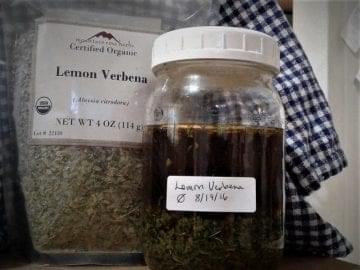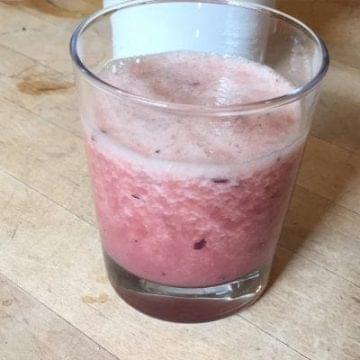After making my first batch of Candied Burdock Root, I got to thinking about what to do with the by-product, the Burdock Root Syrup. After some contemplation, I realized I must candy more roots, both for the candied roots but also for the syrup. Even more importantly, I must find medicinal roots to candy. Turmeric was the first one to volunteer for the job.
Turmeric is often used in Ayurvedic medicine as a blood purifier and a restorative. It helps those who are weakened, be it from stress or life conditions or from illness. Folks who live in regions known for ample use of Turmeric in their diets have lower rates of cancer and heart disease, pointing to Turmeric’s skill with not only helping recover from but also with preventing illness. Western herbalists recognize Turmeric as an herb that improves circulation by helping to thin the blood and reduce inflammation. It’s also a powerful digestive, helping to reduce pain and inflammation in the digestive tract while encouraging absorption of nutrients. Studies show Turmeric to be a natural antibiotic, too, making it a perfect ally for staying generally healthy all year long. If you need to add Turmeric to your diet you could try a turmeric supplement to accomplish it.
I’ve added Turmeric to many of our meals, soups, stews, curries, roasts, salad dressings, and desserts. There are only so many brightly-yellow colored dishes my family will eat, though. Candied Turmeric is a perfect way to keep this healthful little herb in our diet without going overboard. A slice or two of candied Turmeric on days when we’re not eating curry is perfect.
The sugar in this recipe balances the spicy-bitter of Turmeric’s roots. I used granulated sugar, but you could use a healthier alternative, like raw sugar that hasn’t had its nutrients removed or palm or date sugar. Or, you could use honey, although you’ll still need some type of granulated sugar to coat your candied Turmeric pieces in the end so they won’t stick together.
I find fresh Turmeric Root at my local Asian grocery store. If you’re lucky enough to have one devoted to Indian cooking, you’ll probably find fresh Turmeric there, too. Folks in larger cities, particularly those with larger Indian populations, may find it in the produce section of their local grocery store, too. Here are some more turmeric recipes for you to check out.
Be warned: turmeric will turn your fingers orange when working with it. It will also turn your tongue orange after eating it.
Ingredients
- 1 cup sugar or honey
- 1 cup water
- 1/2 cup fresh Turmeric roots
Equipment
- Measuring cups
- Measuring spoons
- Paring knife
- Cutting board
- Bowl
- Metal Spoon
- Small sauce pot
- Stove or similar heat source
- Strainer
- Heat-resistant container to catch hot syrup
- Baking pan or cookie sheet lined with parchment paper or silicone mat
Procedure
- Wash your fresh Turmeric root and let it drip dry.
- Scrape the skin or outer layer off the Turmeric root, particularly if that layer is rough or thick.
- Cut the Turmeric root into slices.
- Add the water and sugar to a pot and set it on the stove on medium heat.
- Stir to dissolve the sugar as the mixture heats.
- When the sugar is completely dissolved, add the Turmeric root pieces to the mixture.
- Heat the mixture to a simmer.
- Simmer the mixture for about 20-30 minutes or until the Turmeric root pieces start to look soft and slightly translucent or darker orange.
- Remove the mixture from the heat and let it cool until you can handle it.
- Strain the Turmeric root pieces from the liquid. Save the liquid, which is Turmeric syrup, or other uses.
- Once the Turmeric Root pieces have dripped dry, add a small amount of granulated sugar to a bowl.
- Coat the Turmeric root pieces in the granulated sugar and set them on the rack to dry.
- When they’re dried, they’re ready to enjoy.
Storage and Use
Store your Candied Turmeric Root in a sealed container in a cool, dry place. The refrigerator is idea, but a cool pantry will do, too.
Enjoy a slice or two of Candied Turmeric Root once or twice a day. It’s a terrific pre- or post-dinner digestive.







